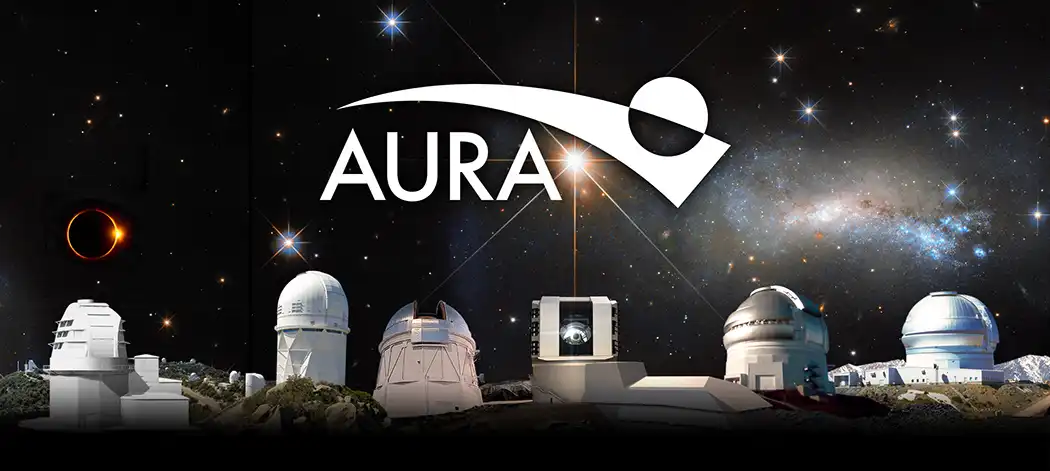Year of Our Community Forests celebrates ‘Where We Live, Learn, and Play’

At a signing ceremony Friday, Gov. Josh Green, M.D., proclaimed 2025 as the “Year of Our Community Forests.”
Developed by the DLNR Division of Forestry and Wildlife, and its Kaulunani Urban and Community Forest Program, and a multitude of partners, the designation recognizes trees and forests in the wao kanaka: where we live, learn, and play. The year-long campaign has the goals of increasing awareness of community (including urban) forests and strengthening connections between people and these forests.
“Community forests are the trees in our neighborhoods, yards, parks, schools, and along our streets,” said Green. “These forests can include native species, but also non-invasive beneficial trees like ‘ulu, niu, mango, and others.

Also speaking at the proclamation signing was DLNR First Deputy Ryan Kanaka‘ole, who added, “We all live in a community forest, they’re not just mauka, but all around us. Our trees are what makes Hawai‘i home. They’re not only ornamental landscaping, but also provide food, shade, oxygen, habitat, and many other benefits. Trees are also great for hanging ornaments and holiday lights.”
DOFAW has established a website where people can learn about all the benefits of community forests, about volunteer opportunities associated with the Year of Our Community Forests, and statistics and data on how forests help grow communities.
“We tend to view forests for the conservation values associated with them,” said DOFAW Administrator David Smith. “They also have great economic value, with urban forestry having a $64 billion footprint nationwide in 2017. The same report indicated urban forests support more than a half million jobs. Another study found employees are more productive and less stressed when trees are nearby and they also increase property values.”
“Most importantly,” Green added, “is what trees provide for our environment. They make water cleaner by filtering pollutants and holding onto soil to reduce runoff into the ocean. Trees clean the air by filtering pollutants, and they capture carbon dioxide (CO2) which helps to mitigate climate change.”
Hawai‘i municipal trees store more than 25,000 tons of CO2, remove a net 3,340 tons of CO2 each year, and manage 35 million gallons of stormwater runoff each year.










